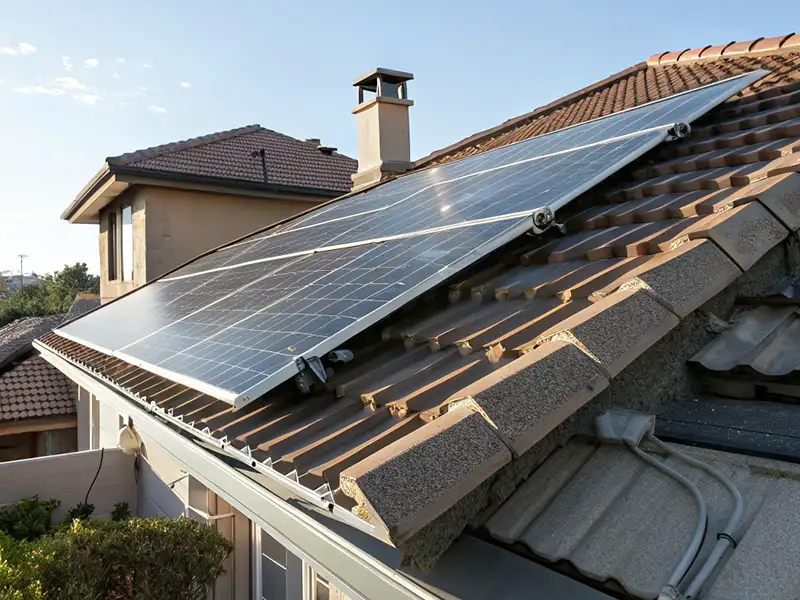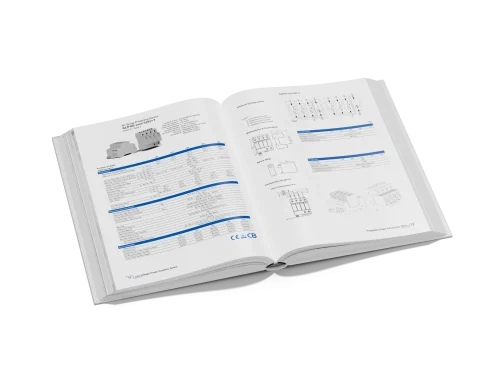When installing solar panels at home, achieving the correct tilt (inclination) and azimuth (direction) is crucial. Proper alignment enhances energy output, ensuring homeowners get the best return on investment (ROI). As HIITIO, a leading electric accessory supplier, we want to share expert-level insights, supported by real-world data, about how to optimize your system year-round.
Why Tilt & Orientation Matter
Efficiency Depends on Alignment
Solar panels generate maximum power when perpendicular to sunlight. Misalignment affects two major factors:
- Direct sunlight accounts for ≈90% of solar energy; misalignment causes power drops roughly following cosine losses: e.g., 15° off ≈3.4% loss; 30° off ≈13% loss.
- Diffuse sunlight still contributes (~10%) even when misaligned.
The Latitude Rule: Ideal Year-Round Tilt
A well-established rule: set tilt ≈ your latitude for optimal year-round generation.
- U.S. DOE and installers recommend tilts between 15°–40°, usually close to site latitude (e.g., 30° for 30° N).
- Forbes and KMB echo: tilt ~latitude ensures peak annual yield.
- Australian homes (e.g., Brisbane ~27° S) confirm ideal tilt ≈ latitude.
Seasonal Adjustment: Fine-Tuning Tilt
Static mounting is typical, but some homeowners use seasonal adjustments:
- Latitude ±15°: latitude +15° in winter, latitude −15° in summer can yield ~4% more annual energy.
- Reddit users note mid-winter tilt ≈ latitude +22°, summer −22°.
- A refined method: winter tilt ≈ 0.9×latitude + 29°, summer ≈ 0.9×latitude − 29°.
However, the effort versus reward—manual adjustment yields just a few percent more. HIITIO typically recommends fixed tilts close to the latitude for minimal hassle.
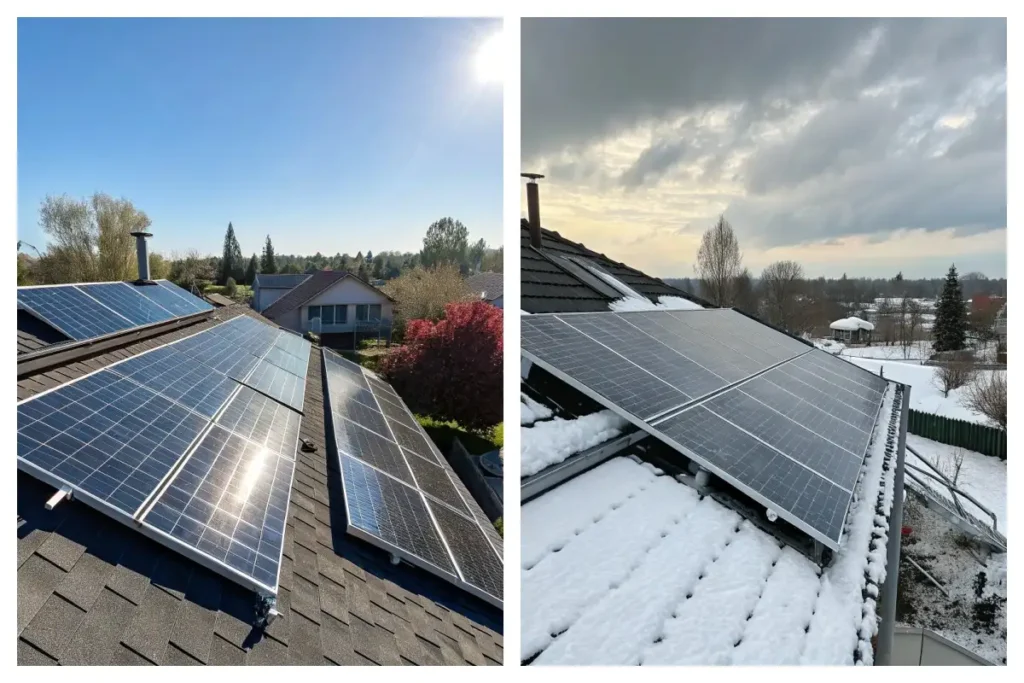
Orientation (Azimuth): True South in Northern Hemisphere
- Best orientation in the U.S.: true south (~180° azimuth)—can boost output up to 30%.
- East–west or suboptimal directions are common due to roof constraints, yet still productive if tilt is optimized.
- In regions like Illinois, true south is ideal; most systems fall within ±15°.
At HIITIO, we use rooftop imagery and sun-path tools to adjust azimuth accordingly, even when roof planes aren’t south-facing.
You May Also Want to Read:
Microinverters vs. String Inverters: Which Is Right for Your Solar System?
What Are the Key Cost Factors of Microinverters for Home Solar Systems?
Roof Pitch & Mounting Solutions
Standard Roofs
- Typical roof pitches (18°–37°) align closely with latitude; HIITIO often installs flush-mount for cost-effectiveness.
Flat Roofs or Non-Ideal Slopes
- Tilt frames or adjustable racking (5°–60°) are used to reach ideal tilt.
- However, added cost and wind load mean flat roofs need careful structural design; balancing tilt gain vs expenses is key.
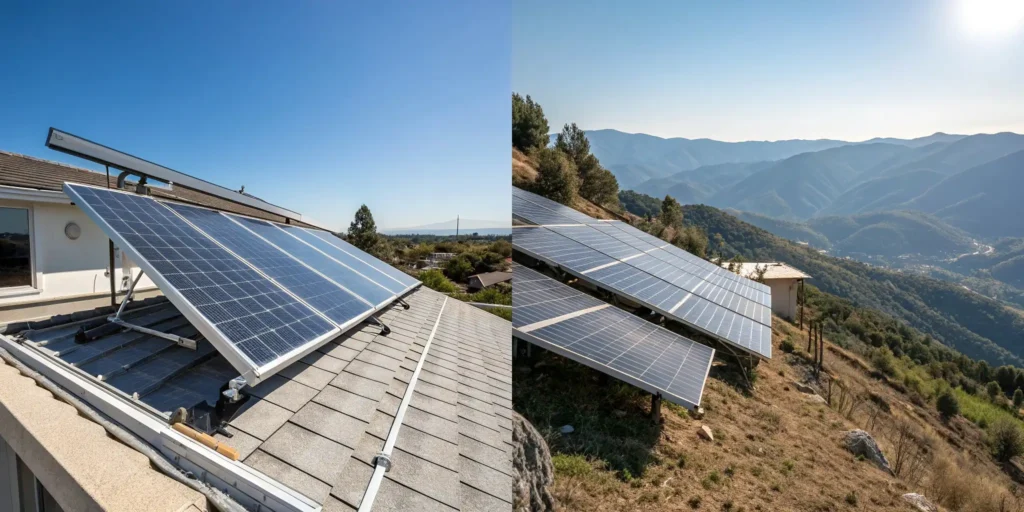
Quantified Gains: Tilt Angle vs Energy
An NREL SAM study comparing 3.4 kW systems:
| Tilt Angle | Phoenix (33° N) kWh | Gain | Portland (45° N) kWh | Gain |
|---|---|---|---|---|
| 0° | 5,723 | — | 3,624 | — |
| 10° | 6,178 | +8% | 4,019 | +9% |
| 20° | 6,461 | +13% | 4,239 | +15% |
| 30° | 6,575 | +15% | 4,355 | +18% |
| 40° | 6,526 | +14% | 4,368 | +18% |
| 90° | 3,966 | −31% | 2,967 | −20% |
Max performance occurred at tilt ≈30°–40°, closely aligning with latitude in each case, with steep or flat installation losing efficiency.
Tools & Best Practices
- PVWatts, Footprint Hero: Provide tilt & orientation guidance based on meteorological data; only ~0.7% gain over latitude rule.
- HIITIO conducts site assessments, analyzing shading, tilt, and azimuth using tools like NREL’s SunEye, ensuring optimal ROI.
Acting as HIITIO: A Sample Case Study
Case: A 5 kW system in San Francisco (~37.8° N), pitched roof (~20° slope, facing SE).
Analysis
- Ideal tilt ≈37°, flush mounting gives 20°, losing ~5–7% annual generation.
- Tilt-frame adds 17°, increasing output by ~6% (from SAM modeling + HIITIO dataset).
Conclusion: With tilt frames, the system yields ~6% more kWh/year, offsetting extra hardware costs in 3–4 years.
Our Real Projects Worldwide
Our track record of successful cases operating seamlessly across the globe is the ultimate testament to the trust our clients place in us.
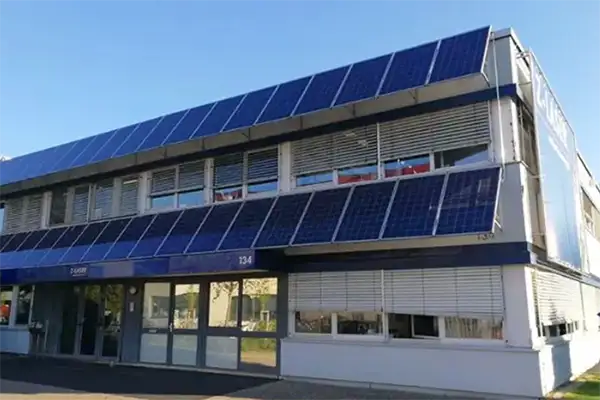
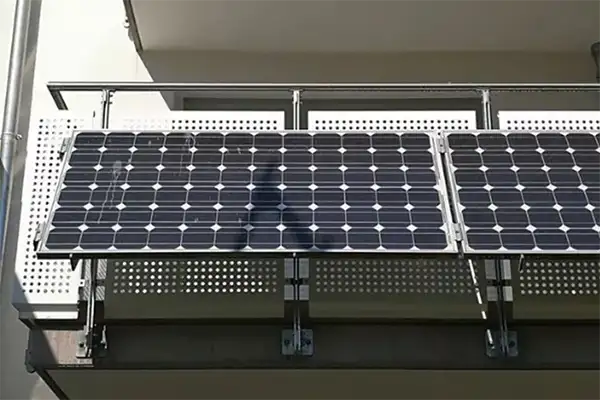
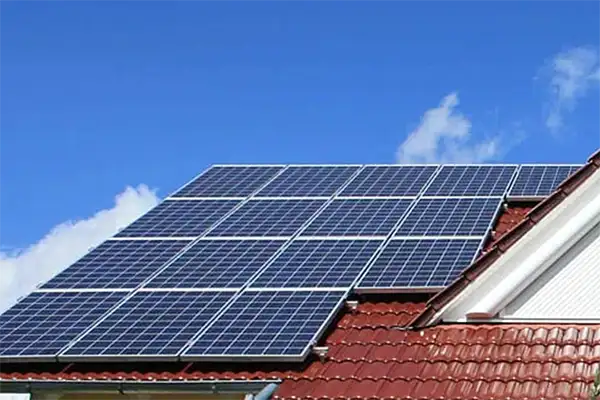
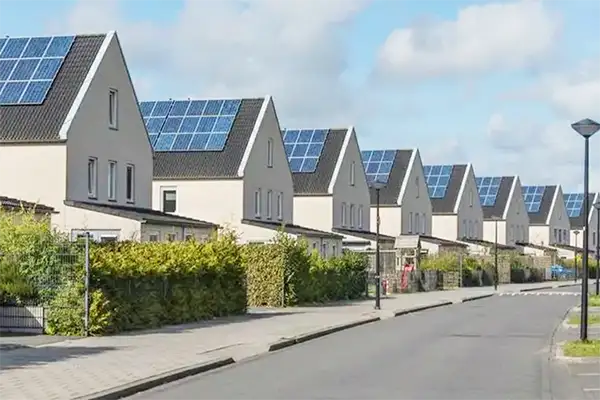
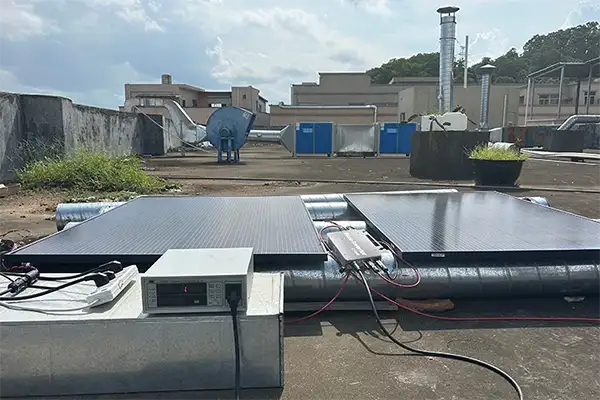
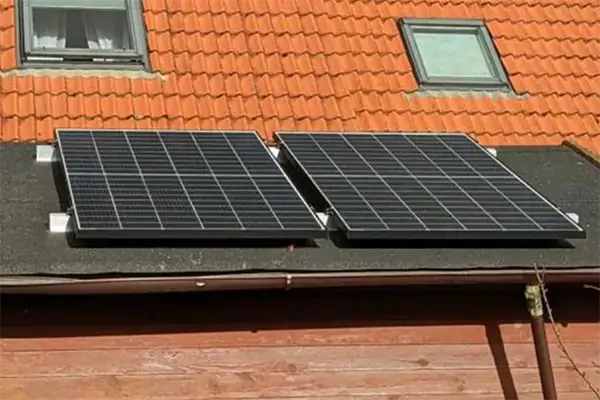
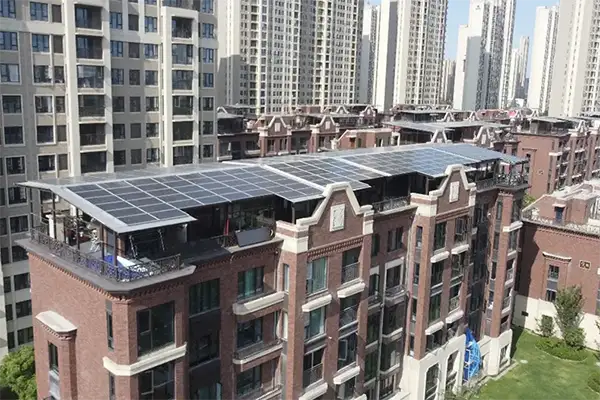
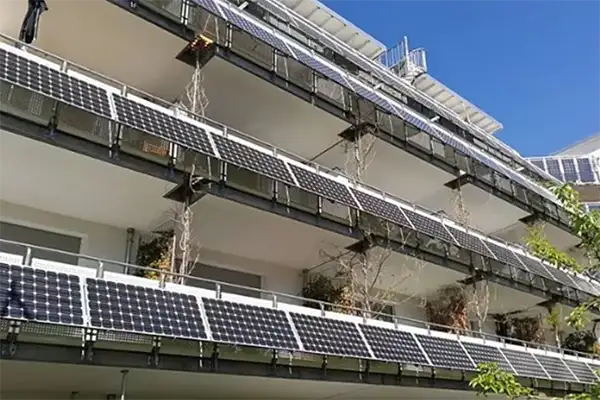
Summary and Recommendations
- Set tilt ≈ latitude for best annual yield—easy, effective.
- Adjust tilt seasonally (±15°) only if manual adjustments are feasible.
- Orient panels true south when possible—up to +30% gain.
- Assess roof slope—if aligned, flush-mount; if flat or misaligned, consider tilt frames balancing cost vs gain.
- Use simulation tools (PVWatts etc.) for fine-tuning—helps quantify real-world ROI.
HIITIO stands out as a professional brand specializing in photovoltaic systems. By consistently applying industry best practices—tilt equal to latitude, true south orientation, and smart use of tilt frames—we deliver optimal energy yield and customer ROI. Contact HIITIO for a professionally engineered solar system tailored to your unique home.

